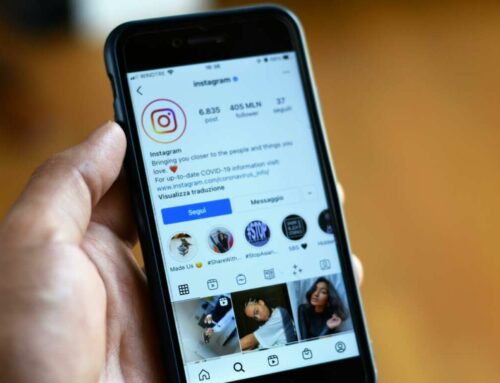
As a business owner, you may have heard the terms “paid” and “organic” thrown around when it comes to online marketing. But what do these terms actually mean, and how can they impact your business? In this article, we’ll break down the differences between paid and organic traffic, and explore the benefits and drawbacks of each.
Table of Contents
Paid Traffic
Paid traffic refers to any visitors to your website that come from a paid source, such as Google Ads, social media ads, or sponsored content. Essentially, you’re paying for your website to appear at the top of search engine results pages (SERPs) or in front of your target audience on social media platforms.
One of the main benefits of paid traffic is that it can be highly targeted. You can choose specific keywords, demographics, and even geographic locations to ensure that your ads are being shown to the people most likely to be interested in your products or services. This can help you get more qualified leads and conversions, as you’re not wasting money on clicks from people who aren’t likely to buy from you.
Another advantage of paid traffic is that it can provide quick results. Unlike organic traffic, which can take months or even years to build up, paid traffic can start driving visitors to your site within hours of launching your campaign. This can be especially helpful if you’re running a time-sensitive promotion or want to get your business in front of customers quickly.
However, there are also some drawbacks to paid traffic. One of the biggest is cost. Depending on your industry and the keywords you’re targeting, you could end up paying a lot of money per click. This can quickly eat into your marketing budget, especially if you’re not seeing the desired return on investment.
Another potential issue with paid traffic is that it can be less trusted by consumers. Many people are becoming increasingly savvy to online advertising, and may be more likely to click on organic search results than paid ads. Additionally, some people may view paid ads as intrusive or annoying, which could harm your brand’s reputation.
Organic Traffic
Organic traffic, on the other hand, refers to visitors who find your website through non-paid search engine results. Essentially, your website is ranking highly in search engines because of the quality of your content, website structure, and other factors that search engines deem important. This can be a highly effective way to drive traffic to your site, as people tend to trust organic search results more than paid ads.
One of the biggest benefits of organic traffic is that it’s free. While you may need to invest in SEO (search engine optimization) to improve your rankings, you won’t be paying for each click like you would with paid traffic. This can be especially helpful for small businesses with limited marketing budgets.
Another advantage of organic traffic is that it tends to be more sustainable over time. While paid traffic can provide quick results, those results may disappear as soon as you stop paying for ads. With organic traffic, however, your website rankings can continue to improve over time with ongoing SEO efforts. This can lead to more long-term traffic and conversions.
However, there are also some downsides to organic traffic. One of the biggest is that it can take a long time to see results. SEO is a complex and ever-changing field, and it can take months or even years to see significant improvements in your website rankings. Additionally, there’s no guarantee that your website will rank highly for your target keywords, as there’s a lot of competition for those top spots.
Another potential issue with organic traffic is that it can be more difficult to target specific audiences. While you can optimize your content and website for specific keywords and demographics, you won’t have the same level of control over who sees your content as you would with paid traffic. This can make it harder to get in front of the right people and generate leads.
Which is Right for You?
So, which type of traffic is right for your business? Ultimately, the answer depends on your specific goals, budget, and target audience. Here are some factors to consider:
– Budget: If you have a limited budget, organic traffic may be the way to go, as it won’t cost you anything per click. However, if you have some money to invest and want quick results, paid traffic may be more appealing.
– Timeframe: If you need results quickly, paid traffic may be your best bet. However, if you’re willing to put in the time and effort to build up your website’s SEO, organic traffic may provide more sustainable results over the long term.
– Target audience: If you have a very specific audience you want to reach, paid traffic may be the way to go, as you can target very specific demographics and locations. However, if you want to cast a wider net and attract a more general audience, organic traffic may be more effective.
– Brand reputation: If your brand is highly trusted and respected, organic traffic may be more effective, as people tend to trust organic search results more than paid ads. However, if your brand is less well-known or has a lower reputation, paid traffic may help you get in front of more people quickly.
Ultimately, there’s no one-size-fits-all answer when it comes to paid vs organic traffic. Both can be effective in their own ways, and the best choice for your business will depend on a variety of factors. By understanding the pros and cons of each, and considering your own goals and resources, you can make an informed decision that will help you reach more customers and grow your business.


































